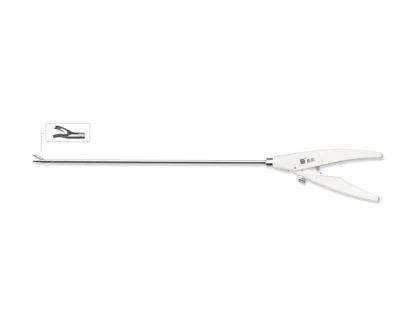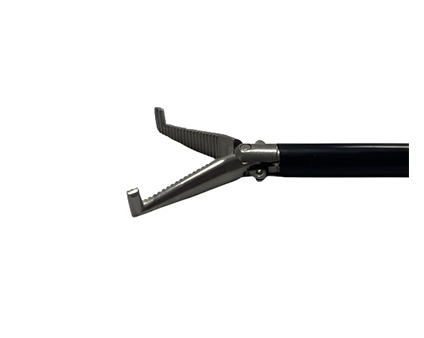The Types of Minimally Invasive Operation
Can minimally invasive operation remove gallstones completely? Can it protect the gallbladder? Is it harmful to the liver? This minimally invasive operation has the smallest harm to the patient's liver among various surgical treatments and after surgery, patients will not feel too much pain. This method has relatively low invasiveness and is still operated under instruments. The main procedure is to make an incision on the patient's bile duct and remove the intrahepatic bile duct stones through instrument operation. In the process of removing gallstones by minimally invasive surgery, the patient's body will not have any bleeding or pain, and it can be treated as soon as possible.
Introduction of minimally invasive surgery
Minimally invasive surgery, as the name suggests, is a surgical operation with "small" wounds. With the continuous development of medical technology, the "minimally invasive" concept has penetrated into various fields of surgical treatment. However, due to the relatively short development time of minimally invasive technology compared to traditional surgery, there are also some misunderstandings. Therefore, popularizing knowledge about minimally invasive surgery is very important! The minimally invasive surgical concept is based on curing the disease, reducing the damage caused by surgery and minimizing the impact of surgery on the body. It can be said that minimally invasive surgery achieves the best curative effect with the smallest trauma.
The types of minimally invasive surgery
Laparoscopic surgery: In this method, surgical instruments are operated outside the abdominal cavity through puncture holes in the abdominal wall, hence the name "keyhole" surgery. Examples include laparoscopic hernia repair and laparoscopic cholecystectomy.
Endoscopic surgery: The working principle is similar to laparoscopic surgery, but surgery is performed through natural cavities. Such as polypectomy under gastroscopy, surgery under bronchoscopy, surgery under electric cutting endoscope, and sinus endoscope surgery.
Canal surgery: This method uses natural body openings for surgery, and has the advantages of small trauma, fast recovery, and no scarring. Examples include transvaginal hysterectomy and rectal surgery.
Vascular intervention surgery: This technique uses radiographic X-rays or CT-guided puncture intervention therapy, with no visible incisions and minimal damage. Examples include vascular stenting and tumor drug implantation.
Tumor ablation surgery: This procedure involves the use of ultrasonic or CT-guided puncture ablation needles for surgery. Examples include microwave ablation of thyroid nodules and ablation of liver and lung tumors.
Other surgeries: Techniques such as focused ultrasound therapy and radiation therapy, which have no surface wounds, are also part of this category.
From the above range, it is easy to see that traditional open surgery is excluded from the modern concept of minimally invasive surgery. However, how to rationally view various minimally invasive surgeries requires different perspectives.



